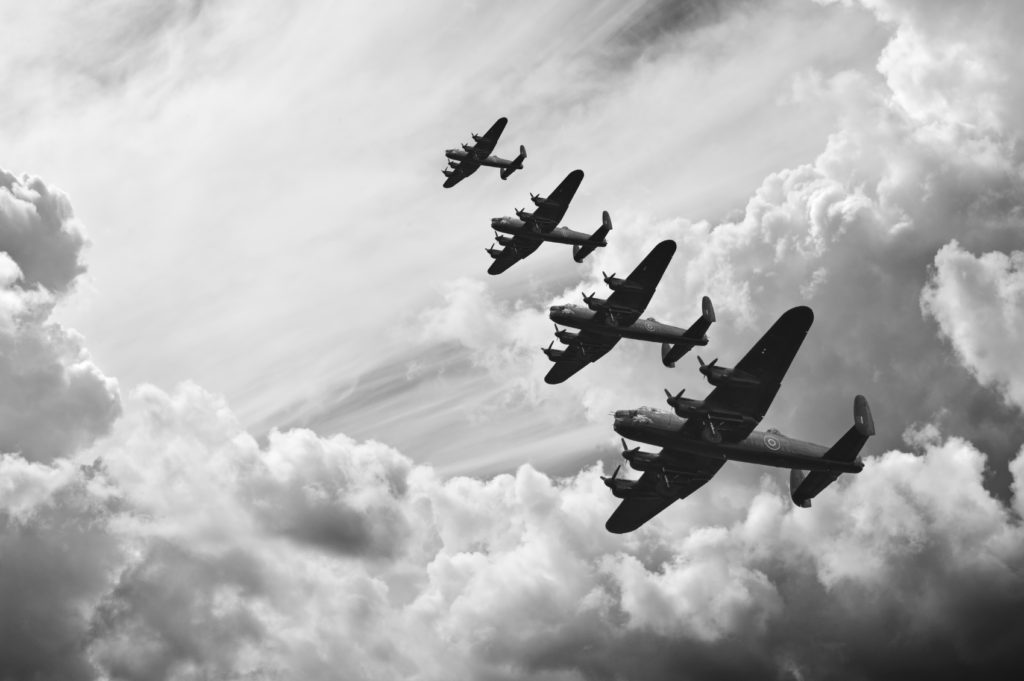Table of Contents
The Atom Bomb and Hiroshima
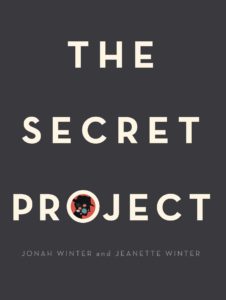 |
By Jonah Winter and Jeanette Winter, The Secret Project (Beach Lane Books, 2017) is a picture-book story of the Manhattan Project for ages 6 and up. |
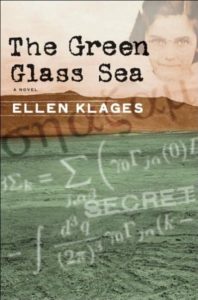 |
In Ellen Klages’s The Green Glass Sea (Puffin, 2008), it’s 1943 and 11-year-old Dewey Kerrigan is living in the top-secret community of Los Alamos where her mathematician father is working on “the gadget” – a.k.a. the atomic bomb. For ages 8-12. |
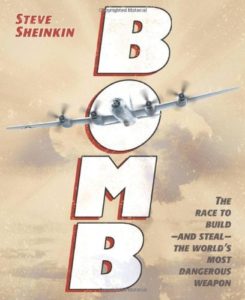 |
Steve Sheinkin’s Bomb (Square Fish, 2018) is the fascinating and true story of the race to build (and/or steal) the world’s most dangerous weapon. An award-winning read for ages 10-14.
|
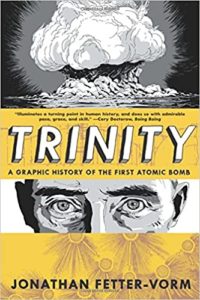 |
By Jonathan Fetter-Vorm, Trinity (Hill and Wang, 2013) is a graphic history of the development of the atomic bomb, from the discovery of radioactivity in 19th-century France through Robert Oppenheimer and the Manhattan Project, and Harry Truman’s decision to drop the bomb on Hiroshima. Serious nonfiction through graphic storytelling. For ages 12 and up.
|
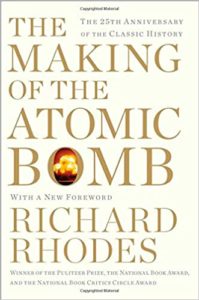 |
By Richard Rhodes, The Making of the Atomic Bomb (Simon & Schuster, 1986) is generally described as the definitive history of nuclear weapons and the Manhattan Project. It’s over 800 pages long. For teens and adults.
|
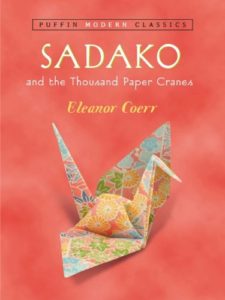 |
Eleanor Coerr’s Sadako and the Thousand Paper Cranes (Puffin, 2004) is the story of a young Japanese girl who develops leukemia after exposure to radiation in the wake of the Hiroshima bomb. According to legend, anyone who folds a thousand paper cranes can have a wish – so Sadako begins making cranes. She doesn’t survive – be prepared – but hers is a wonderful and far-reaching story of courage. For ages 8-12.
|
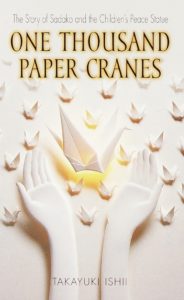 |
Also see Ishii Takayuki’s One Thousand Paper Cranes (Laurel Leaf, 2001) which begins with the bombing of Hiroshima and ends with the building of the Children’s Peace Statue in honor of Sadako and other children who died in the bombing and its aftermath. For ages 12 and up.
|
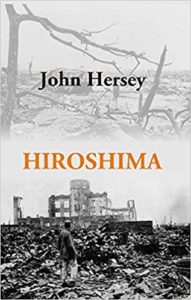 |
John Hersey’s Hiroshima, originally published in the New Yorker magazine in 1946 and rightfully described as a journalistic masterpiece, is the story of the Hiroshima bombing, as experienced by six people who were there. A short powerful read, highly recommended for teens and adults. |
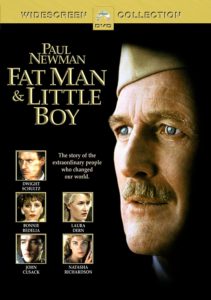 |
Fat Man and Little Boy (1989) is a dramatic and fascinating account of the Manhattan Project and the making of the atomic bomb, with an emphasis on the sometimes rocky relationship between the scientists and the military hierarchy. Rated PG-13.
|
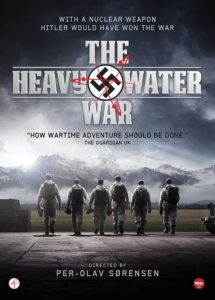 |
The Heavy Water War is a six-part series about British intelligence and Norwegian resistance fighters joining forces to sabotage Germany’s heavy water plant in Rjukan, Norway, thus thwarting Hitler’s attempt to build an atomic bomb. Science, history, and war from the points of view of all the key players. Subtitled in English.
|
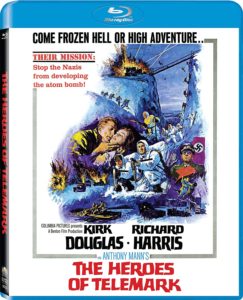 |
The Heroes of Telemark (1965) is a thrilling dramatization of the sabotage of the Rjukan heavy water plant, with Richard Harris as a Norwegian resistance fighter and Kirk Douglas as a physicist. Some spectacular skiing. Not rated, but probably PG.
|
